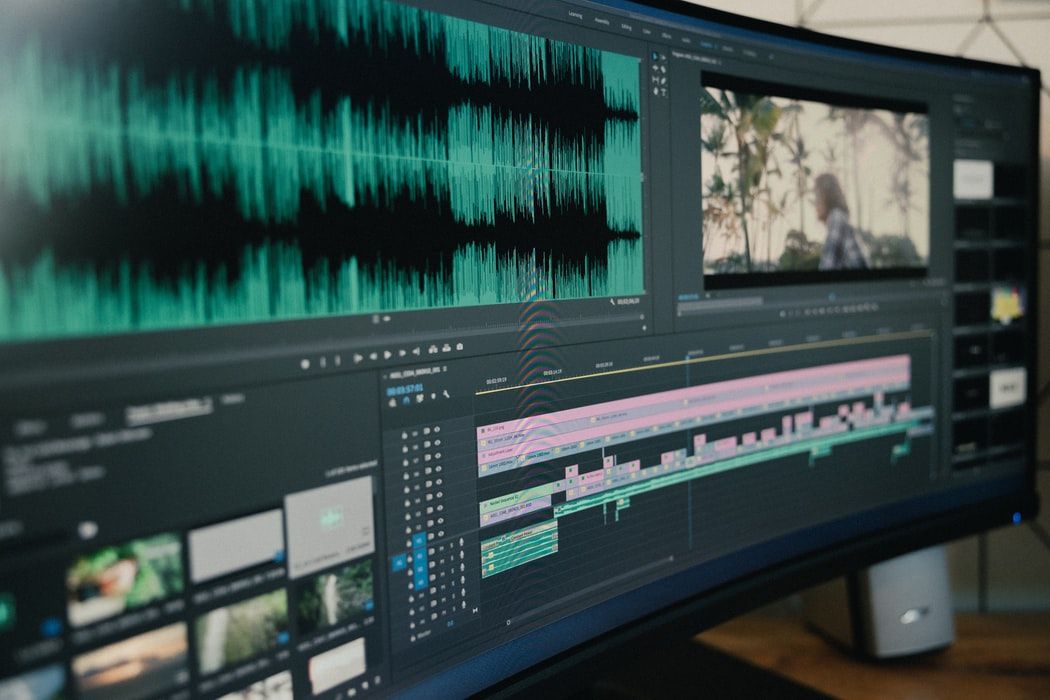Your hardware, software, and internet connection shape your computing experience. The last essential piece of the puzzle? The monitor you use.

The first thing you need to consider is what you’ll be using the monitor for most. Gamers will have different requirements than those professionals or families viewing photos.
Once you've determined monitor usage, you'll need to consider various specifications. We’ll discuss six of them below, but these will not all carry the same weight. Again, it depends on how you use your computer.
Screen resolution
Simply put, a higher resolution equals a better picture. Resolution describes how many pixels there are. A Full HD 1080p resolution monitor – the industry standard – has a 1,920-pixel width and 1,080-pixel height. That’s a total of 2,073,600 pixels, which gives you a more detailed image.
Typical resolutions include:
- 1080p (aka Full HD)
- 1440p (aka 2K, QHD)
- 4K resolution (Ultra HD, UHD)
Keep in mind that a higher-resolution screen demands more effort from the computer’s graphics card, which can affect performance.
Pixel density
This consideration brings size and screen resolution together to find the sweet spot. Think of it this way: the 2 million pixels from 1080p will look different on a 17-inch screen than on a 42-inch one. A greater pixel density results in sharper images. Typically, a 24-inch screen is good for 1080p, but you’ll go up in resolution as your screen size expands. You’ll see a lot of tech gurus recommending you choose a monitor with at least 109 pixels per inch (PPI).
Color accuracy
With good color accuracy you can count on the monitor to reproduce colors and shades as intended. This may not be as critical for a general user, but someone editing photographs or creating branded marketing materials cares about this one.
Refresh rate
Refresh rate tells you how many times a monitor updates information per second, and more is better. For gamers, it’s particularly important. So, if you’re going to be riding the bus in Fortnite, your response rate should be at least 75 Hz. Some even enjoy 144 Hz for a much smoother visual. Those who aren’t gaming should be fine at 60 Hz.
Response time
Response time relates to the time it takes to change the individual pixels on the monitor. While not as important for general or professional users, this matters to gamers. A monitor with higher response time gives the gamer a more immersive experience. A slower response time could mean blurred images in fast-paced action sequences.
Panel type
There are different types of LCD monitor to select from, too:
- Vertical Alignment (VA) LCD monitors give deeper blacks and higher contrast ratios. These monitors are also less susceptible to color bleed at the screen’s edges, which makes them attractive to general users, especially those who want to stream movies.
- In-Plane Switching (IPS) monitors have faster response times and show color better than the VA option. These are good for professional use (although the most expensive of the three).
- Twisted Nematic (TN) monitors offer top responsiveness and high refresh rates, but a drawback is that color and contrast on the screen can change depending on your viewing angle. This is not the panel type for a graphic artist or photographer!
Still not sure of the best monitor for your home computer? Our IT experts can help. We’ll find out how you use your computer and make recommendations to best suit your needs. Contact us today at:
- For businesses: Visit SD Solutions
- For individual IT Support needs: Visit ITx
